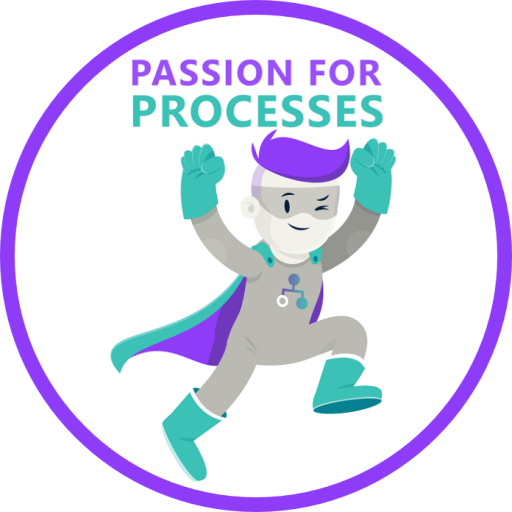
What is ITIL?
ITIL is a public framework that describes Best Practice in IT service management. It provides a framework for the governance of IT, the ‘service wrap’, and focuses on the continual measurement and improvement of the quality of IT service delivered, from both a business and a customer perspective. This focus is a major factor in ITIL’s worldwide success and has contributed to its prolific usage and to the key benefits obtained by those organizations deploying the techniques and processes throughout their organizations. Some of these benefits include: increased user and customer satisfaction with IT services, improved service availability, directly leading to increased business profits and revenue, financial savings from reduced rework, lost time, improved resource management and usage, improved time to market for new products and services, improved decision making and optimized risk.
The initial version of ITIL consisted of a library of 31 associated books covering all aspects of IT service provision. This initial version was then revised and replaced by seven, more closely connected and consistent books (ITIL V2) consolidated within an overall framework. This second version became universally accepted and is now used in many countries by thousands of organizations as the basis for effective IT service provision. In 2007, ITIL V2 was superseded by an enhanced and consolidated third version of ITIL (ITIL V3), consisting of five core books covering the service lifecycle. The five core books cover each stage of the service lifecycle, from the initial definition and analysis of business requirements in Service Strategy and Service Design, through migration into the live environment within Service Transition, to live operation and improvement in Service Operation and Continual Service Improvement.
What is ARIS ITIL (V3)?
Corporate IT organizations currently spend around 80% of their budget merely on keeping systems up and running. This leaves little scope for process innovation and for responding to the ever-increasing demands to align IT with the value chain. One solution is to systematically reorganize things in a process-oriented manner and ensure that resources are allocated with maximum efficiency. These objectives lie at the heart of the Information Technology Infrastructure Library (ITIL), an industry-independent set of guidelines for standardization of IT processes that leverages existing best practices.
IDS Scheer has developed an ARIS reference model based on ITIL to document, analyze, and implement IT processes. For companies wanting to align their IT processes with ITIL, ARIS ITIL offers a customizable graphical reference model and user-friendly modeling and analysis environment.
ARIS ITIL offers businesses:
• A comprehensive reference model that presents all the ITIL V3 processes and the Service Strategy, Service Design, Service Transition, Service Operation, and Continual Service Improvement structures in graphical models that include their hierarchies and interdependencies
• A means of navigating through all ITIL process levels, including cross-references to the corresponding sections in the five ITIL core books
• Easy-to-understand depiction of the relationships and dependencies between individual processes, thanks to graphical representation in ARIS
• Flexible options for adapting processes to company-specific requirements
• Easy addition of information to models, such as resources, documents, or IT systems involved
• Detailed presentation of all processes from the Service Design, Service Transition, and Service Operation books
• Sophisticated functionality for analyzing processes prior to implementation, making it possible to pinpoint resource bottlenecks, identify system/media breaks, compare alternative process options, etc.
The ARIS ITIL reference model is thus the ideal platform for adopting and implementing the ITIL standard. It helps organizations to synchronize their IT systems with their business needs—fast and at low cost.
What is the Problem Management Process?
ITIL defines a ‘problem’ as the cause of one or more incidents.
Problem Management is the process responsible for managing the lifecycle of all problems. The primary objectives of Problem Management are to prevent problems and resulting incidents from happening, to eliminate recurring incidents and to minimize the impact of incidents that cannot be prevented. Problem Management includes the activities required to diagnose the root cause of incidents and to determine the resolution to those problems. It is also responsible for ensuring that the resolution is implemented through the appropriate control procedures, especially Change Management and Release Management.
I will share the main models from our ITIL reference model database with you here in ARIS Community in the coming weeks:
Models:








